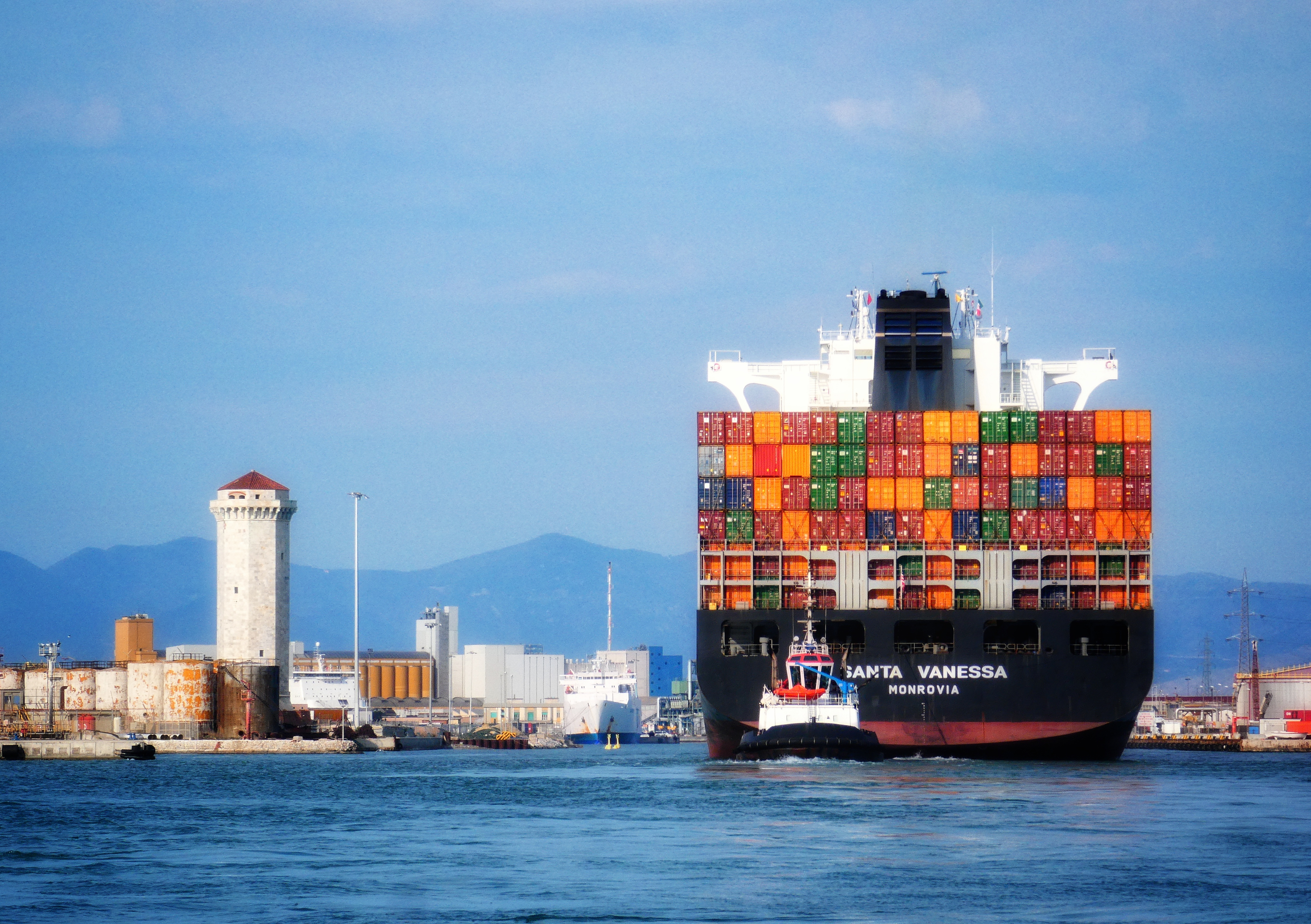The approval process of the North Tyrrhenian Port Network Authority’s Strategic Planning Document (DPSS) has drawn to a successful conclusion. The DPSS defines the coordinated development objectives and strategies of the ports under the Port Authority’s jurisdiction, with reference to areas not only inside the ports, but also the areas behind them, port–city interfaces, and the last-mile infrastructural road and rail links outside the port area.
Just a few days ago, in fact, Minister Matteo Salvini signed the ministerial decree approving the policy document adopted in April 2022 by the Port Network Authority’s (PNA) Management Committee. What slowed down the approval process, which took over two years, was sentence no. 6/2023. With it the Constitutional Court effectively rejected the amendments to Law no. 84/1994 introduced by Law no. 156/2021 regarding the simplification of procedures for approving the DPSS and called for the Regional Administration and the Ministry of Infrastructure to formally agree.
As far as Livorno is concerned, in terms of content, the strategic planning document individuates the perimeter of the port area, encompassing the production areas closely linked to it, taking the retroport ones into account and setting priority development initiatives on last-mile connections. Among the objectives set as strategic is designing a more linear, smoother connection between Fi-PI-Li fast road and Darsena Toscana and the rationalization and separation of port traffic flows from city traffic ones.
As part of an original interpretation of the regulation and in agreement with the Network’s municipalities, the DPSS has identified new areas defined as city-port influence ones. Although they are outside the port area and part of local administrations’ urban planning, one of the objectives is to include them in the areas most suited to integrated logistics and therefore most appropriate for the development of the future Special Logistics Zone.
As for Piombino, the Planning Document proposes a significant enlargement of the port area, favouring the inclusion of production areas that are currently not considered part of it. The DDPS also foresees classifying the Tor di Sale marina and the areas west of it as new city-port influence areas. It also proposes a strategic rail corridor from Terre Rosse to the junction with Fiorentina Station .
Finally, the Document re-delineates the infrastructure corridors connecting the port nodes to the major networks, considering the definition of the new railway accessibility project for goods and passengers and the development of the link between the extension of the SS398 fast road and the port’s operational gateways as strategic. Similarly, the DPSS also identifies and promotes strategic measures for developing the Elba and Capraia island ports.
“This is a long-awaited, important step, which is preliminary to the approval of each port’s masterplan,” said PNA president, Luciano Guerrieri, thanking everyone at the Port Network Authority who had worked on devising and drafting the programming document, in particular Senior Executive, Sandra Muccetti who had been in charge of it. “Now we will finally be able to move from words to deeds and implement the strategy for developing the port and retro-port system,” he said.
Translation by Giles Foster

